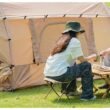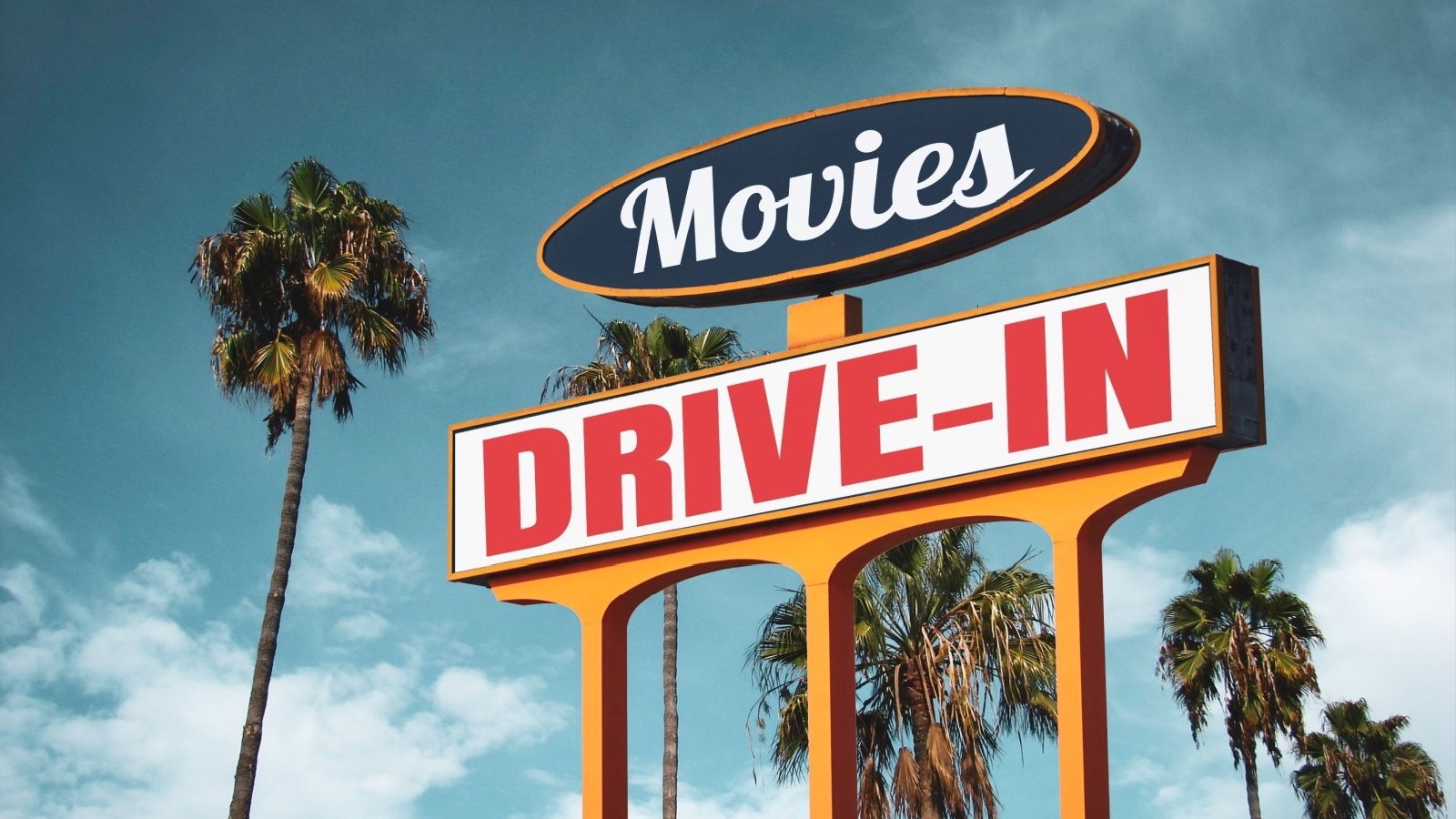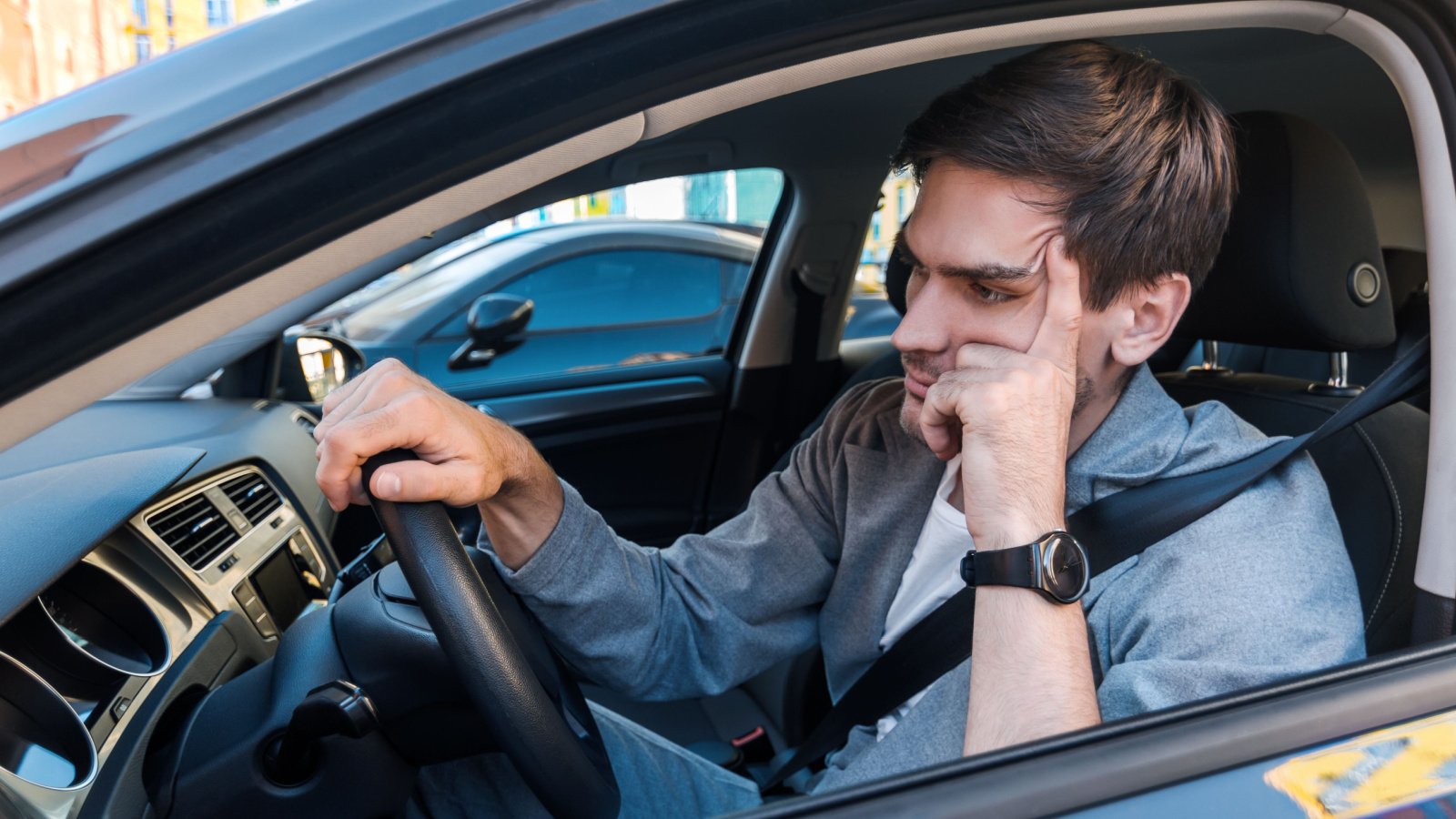Stepping out on a Friday night in the 1960s was a different cultural phenomenon than we experience today. Every outing was an event and a dedication to social rituals that defined the era. From dinner dances to the sound of vinyl playing in dimly lit music shops, the 1960s are known for evenings filled with elegance and excitement.
This dive into the past reveals how those vibrant nights contrast sharply with today’s more casual and digitally-influenced social outings.
Dress Code
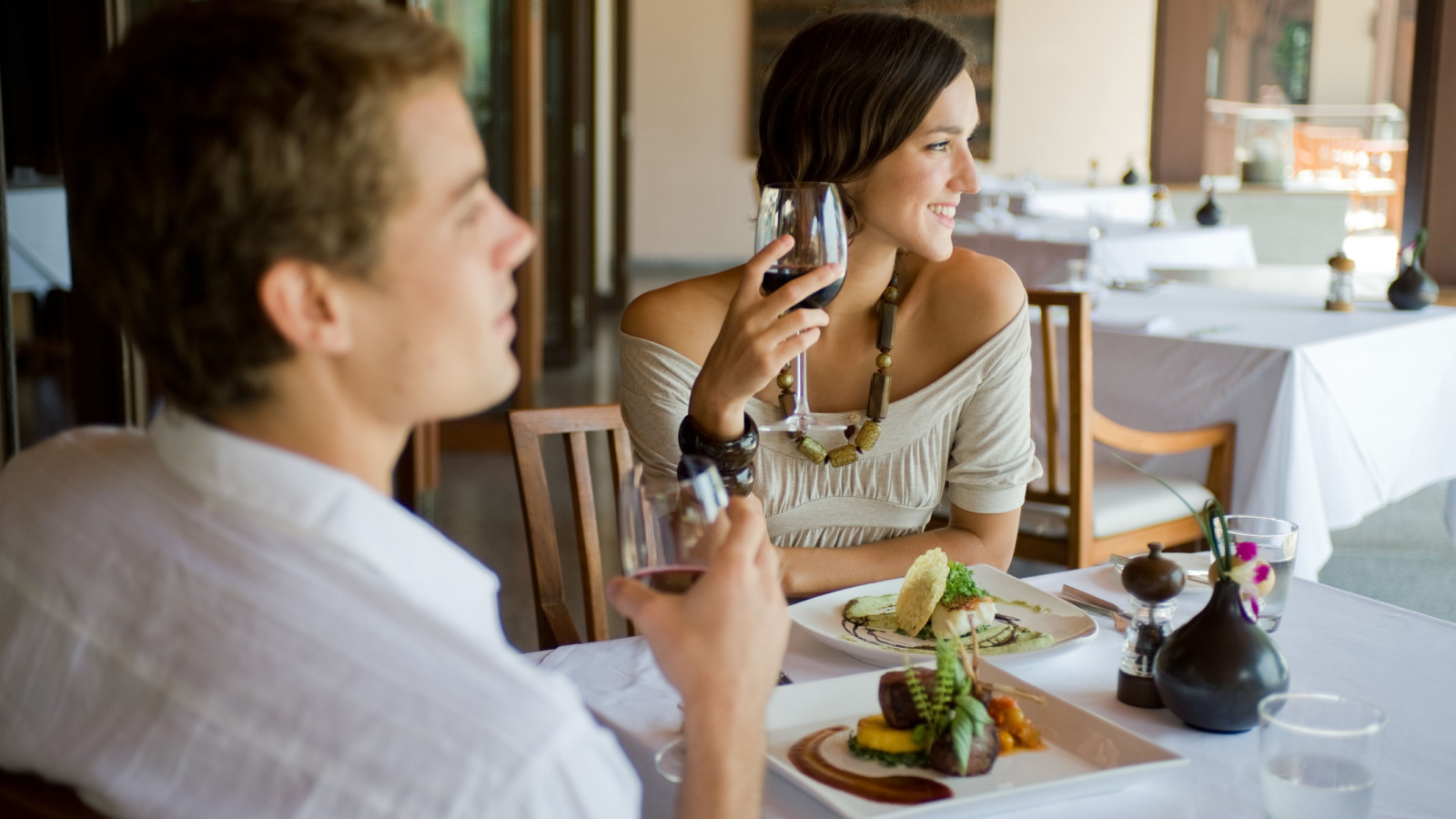
In the 1960s, going out on a Friday night was an occasion that warranted dressing up; men often wore suits and ties, and women donned dresses and heels. Casual wear was rarely considered appropriate for evening social events. This formality created a sense of occasion to even the simplest outings.
Live Music Venues
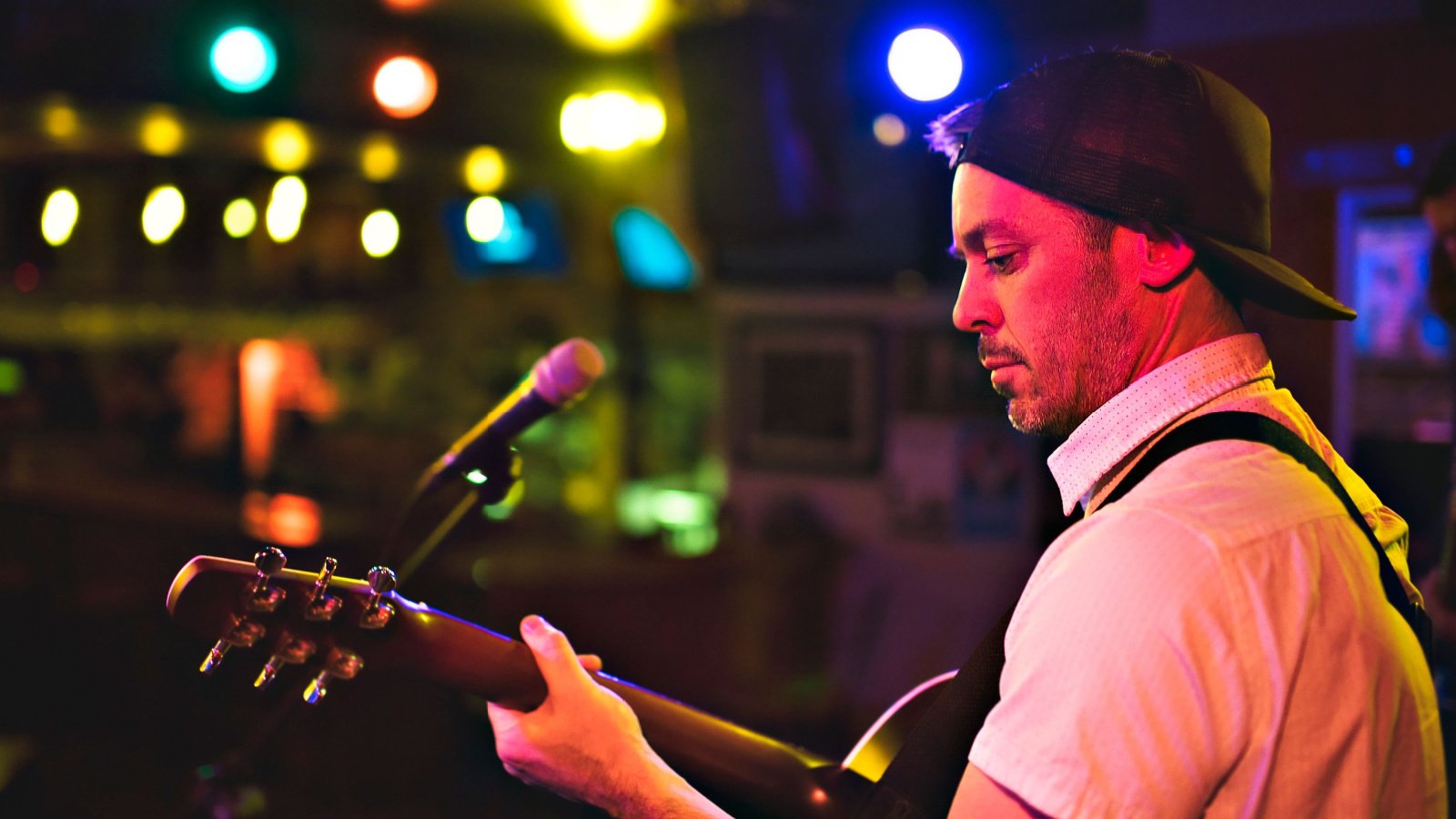
Live music was the foundation of a Friday night out, with jazz clubs, folk music cafes, and rock ‘n’ roll venues packed with eager young adults. Bands and musicians played live in small and large venues alike, unlike today, where DJs and recorded music dominate. The Beatles, The Rolling Stones, and other iconic bands often provided the soundtrack to these nights.
Dinner and Dancing
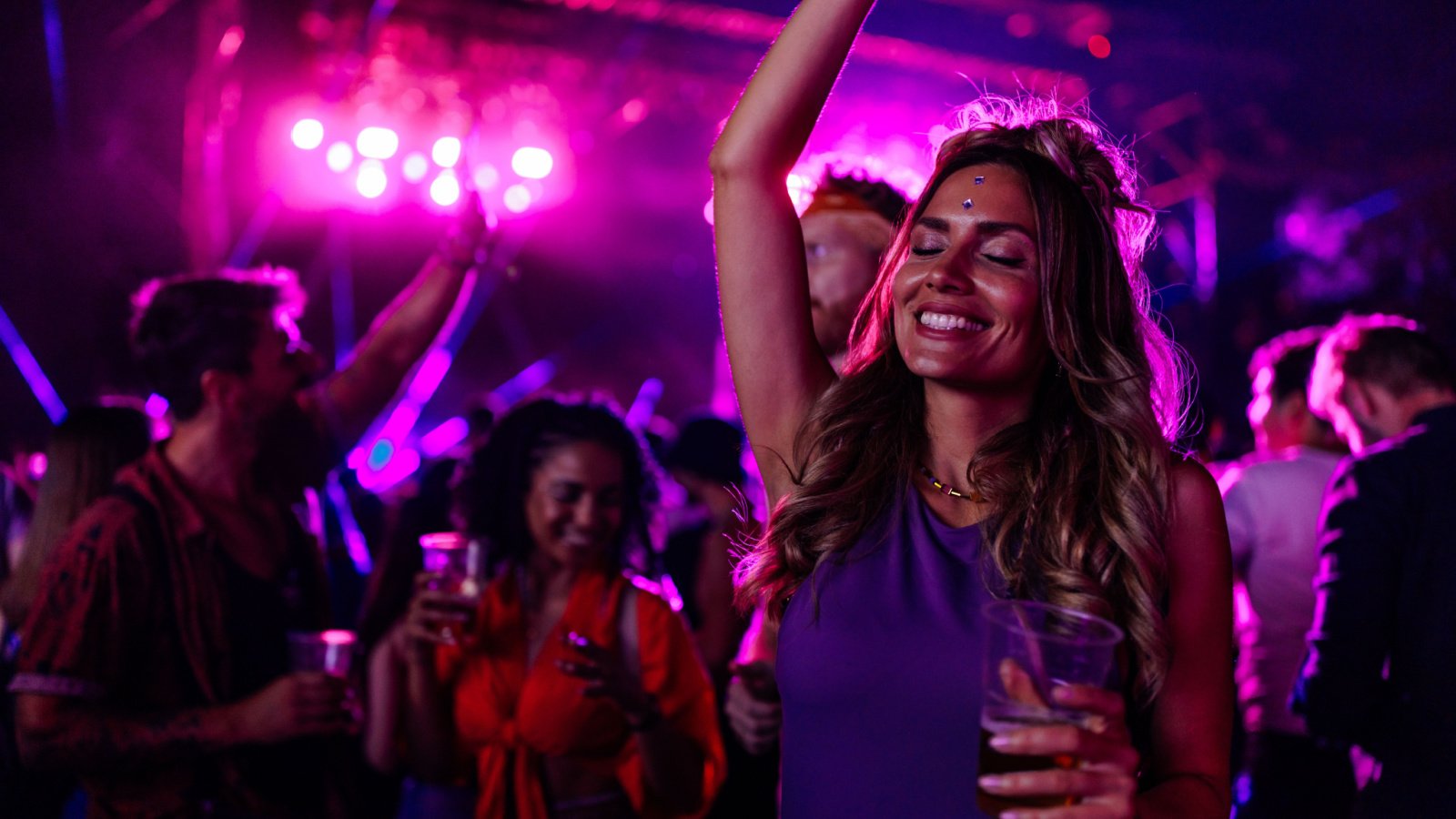
Dinner followed by dancing was a popular Friday night activity, with many restaurants offering dance floors and live bands. Couples would enjoy a meal together and then dance the night away, a practice that has waned in favor of more casual dining and entertainment options. This combination made dates and social gatherings feel more special and interactive.
Drive-In Theaters

The drive-in movie theater was a favored destination for Friday nights in the 1960s, providing a unique way to watch new releases from the comfort of one’s car. These venues often included snack bars, making them a one-stop spot for entertainment and dinner. Drive-ins have largely disappeared, replaced by multiplex cinemas and streaming services.
Social Clubs
Social clubs were popular among adults in the 1960s, where members could gather for a drink, some dancing, and socializing. These clubs often enforced strict membership rules and dress codes, creating exclusive environments. Today, the concept of social clubs has evolved, with more inclusive and diverse spaces.
Bowling Alleys
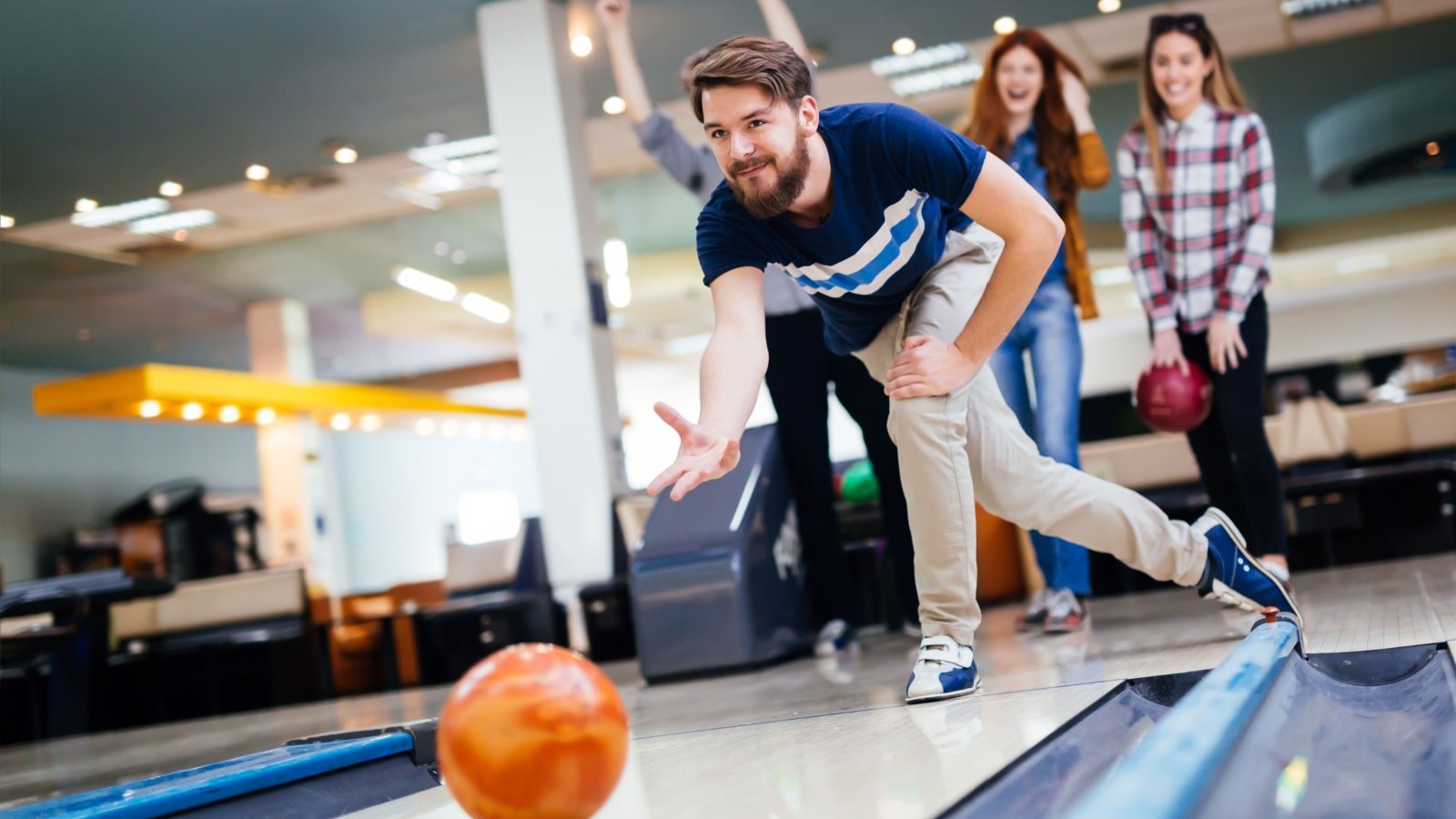
Bowling was a booming pastime in the 1960s, and Friday nights often saw alleys filled with groups of friends and families. It wasn’t just about the sport—bowling alleys were social hubs where people could eat, drink, and be merry. While still popular, modern bowling alleys cater to a more niche crowd.
Vinyl Record Shops
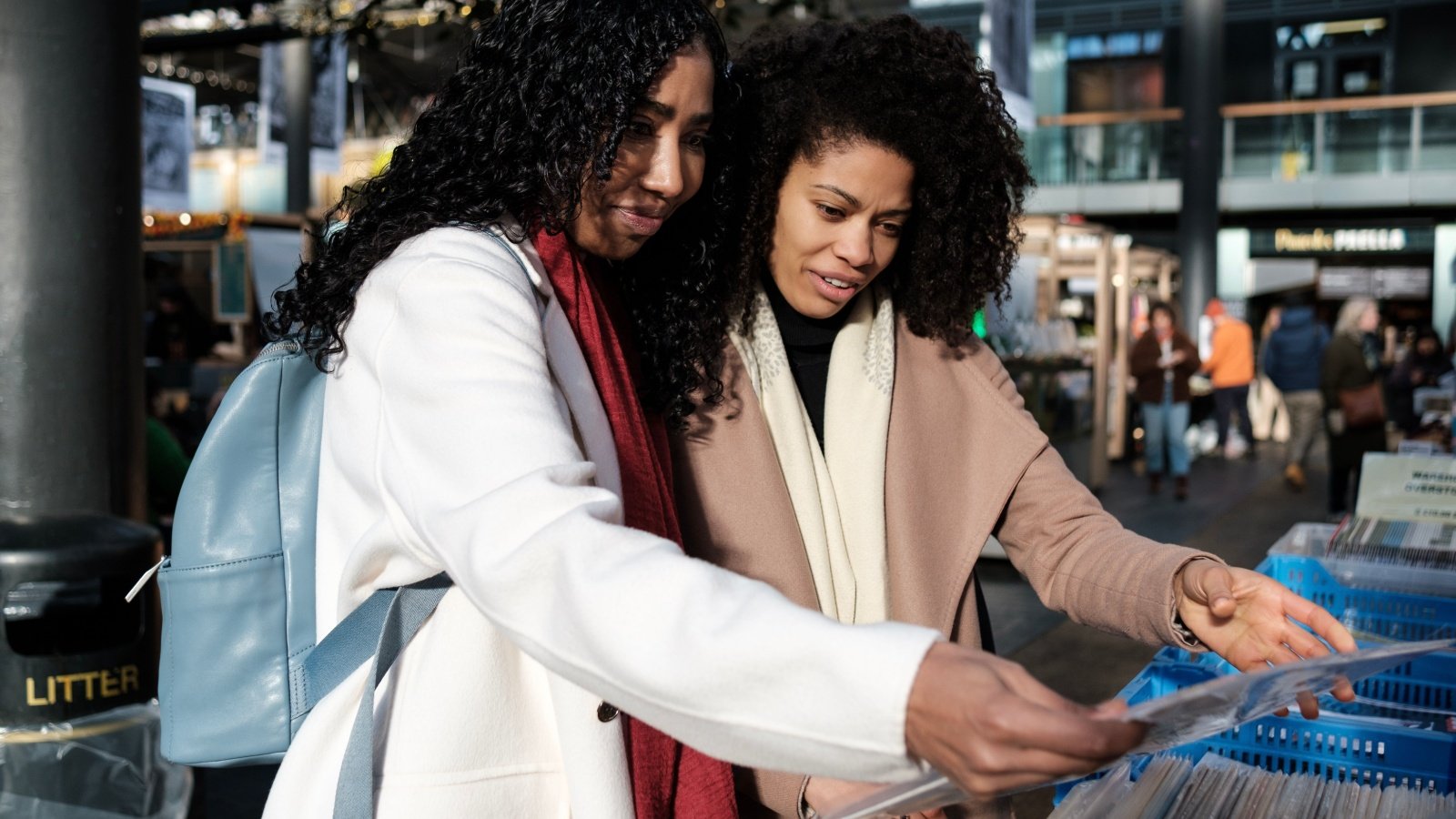
Late-night shopping at vinyl record shops was a common Friday night activity for music enthusiasts. These stores were social spots where people discussed music, listened to the latest albums, and enjoyed the culture surrounding music. The resurgence of vinyl has brought some of this culture back, but it lacks the widespread appeal it once had.
Cocktail Parties
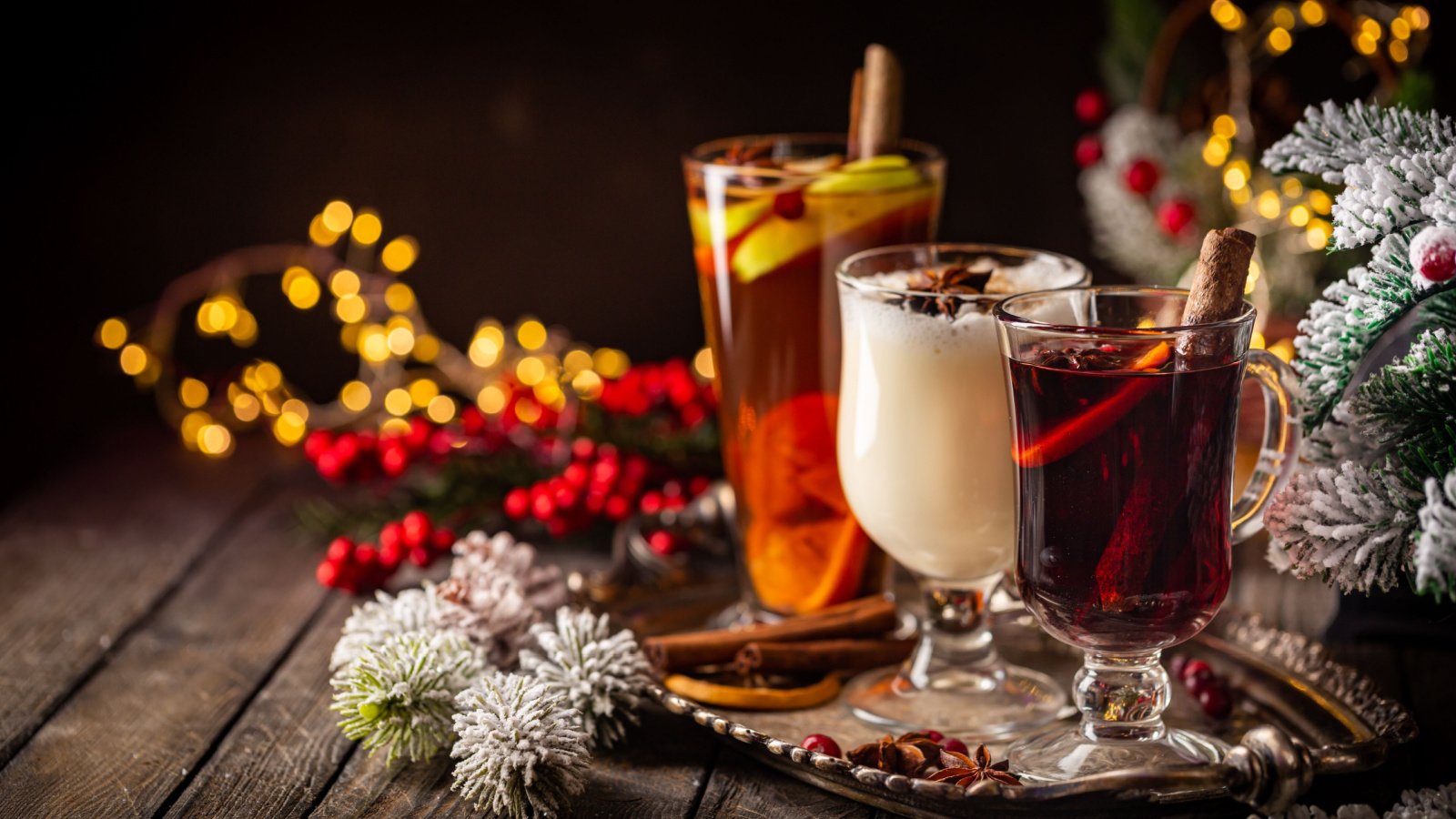
Hosting or attending a cocktail party was a popular way to spend a Friday night in the 1960s. These parties required dressing up and often featured classic cocktails like martinis and Manhattans, with guests mingling over sophisticated snacks. Cocktail parties today have largely been replaced by more casual gatherings.
Teen Dances

Organized teen dances were a staple of Friday night entertainment, often held at school gyms or local community centers. These events provided a safe space for young people to enjoy music, dance, and socialize under adult supervision. Modern teens are more likely to attend concerts or hang out in less formal settings.
Beatnik Coffeehouses
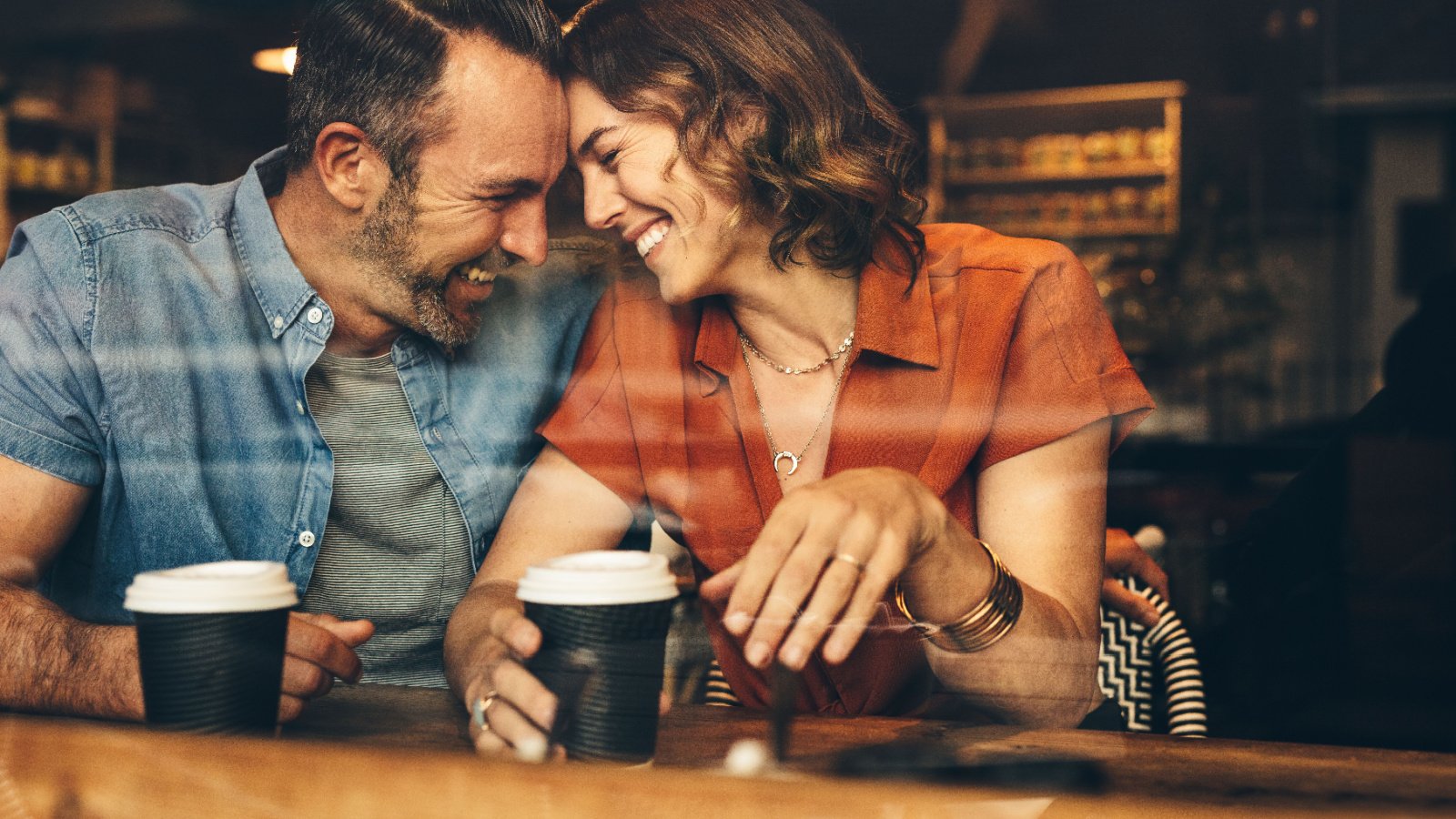
The 1960s saw the rise of the Beatnik coffeehouse, where poetry readings, folk music, and philosophical discussions took place. These establishments were central to the counterculture movement, providing a platform for artistic expression and intellectual debate. While coffee shops today remain popular, they rarely serve the same cultural purpose.
Malt Shops

Malt shops were popular hangout spots for teenagers and young adults, serving as a place to get a burger and a milkshake and maybe play some songs on the jukebox. These diners provided a casual atmosphere that was less about dining and more about socializing. Today’s fast-food restaurants offer convenience, but not the same community feel.
Roller Skating Rinks

Roller skating rinks were a hit for a fun and active night out, often featuring music and disco balls, making them a festive place to be. Skating sessions were a mix of sport and dance, attracting people of all ages. While roller skating has seen a resurgence, it’s more of a retro novelty than a mainstream Friday night option.
Bookstore Browsing

Browsing bookstores late into the evening was another leisurely way to spend a Friday night, often culminating in readings or discussions. Intellectuals and casual readers alike gathered in these literary havens. Though some independent bookstores still host events, the rise of digital media has curtailed the tradition.
Television Nights
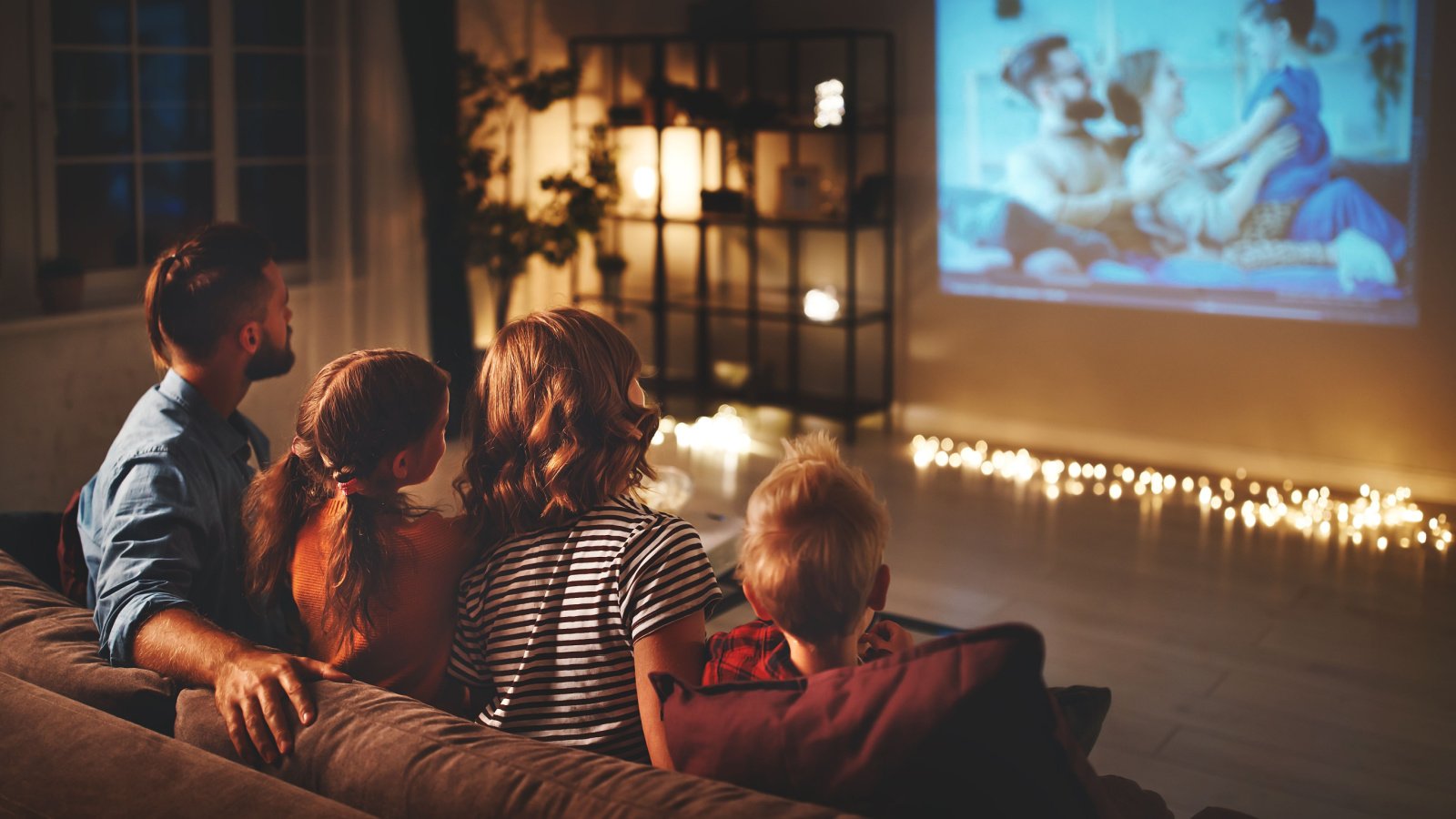
With the rise of television, staying in became a valid Friday night option during the 1960s. Popular shows like “The Ed Sullivan Show” or “I Love Lucy” offered entertainment that the whole family could enjoy together. This trend has only grown with more content available via cable and streaming services.
Dance Halls

Dance halls were at their peak in the 1960s, offering live big-band music and a vibrant dance floor. These venues provided an energetic escape from the weekday routine with their lively atmosphere. Modern nightlife often lacks the same sense of communal joy found in these dance halls.
Phone Booth Conversations
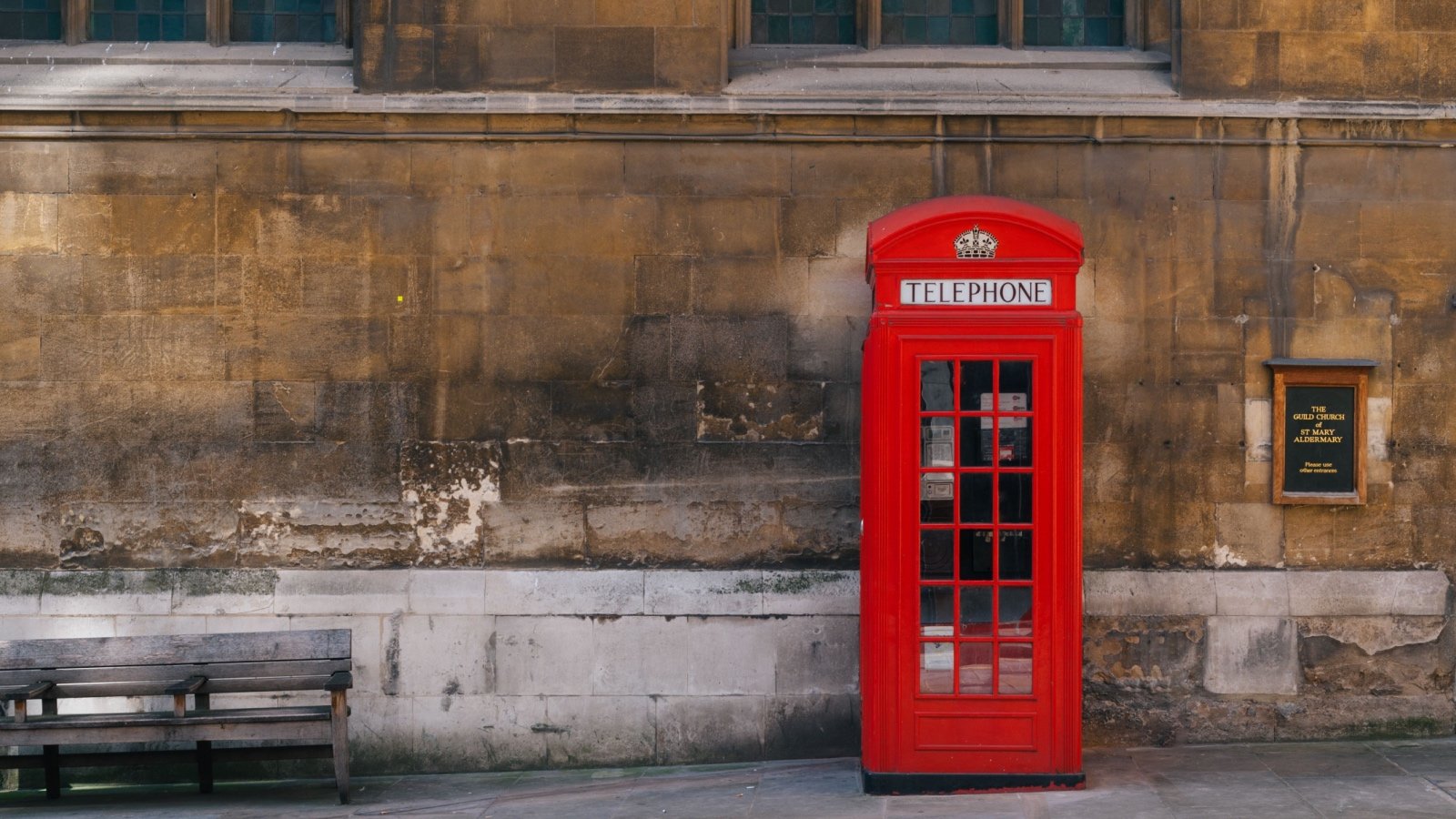
Before the era of mobile phones, catching up with a friend over the phone often meant stopping at a phone booth during a night out. This ritual added an element of spontaneity and connection to the evening. The ubiquity of smartphones has rendered this practice nearly extinct.
Themed Parties
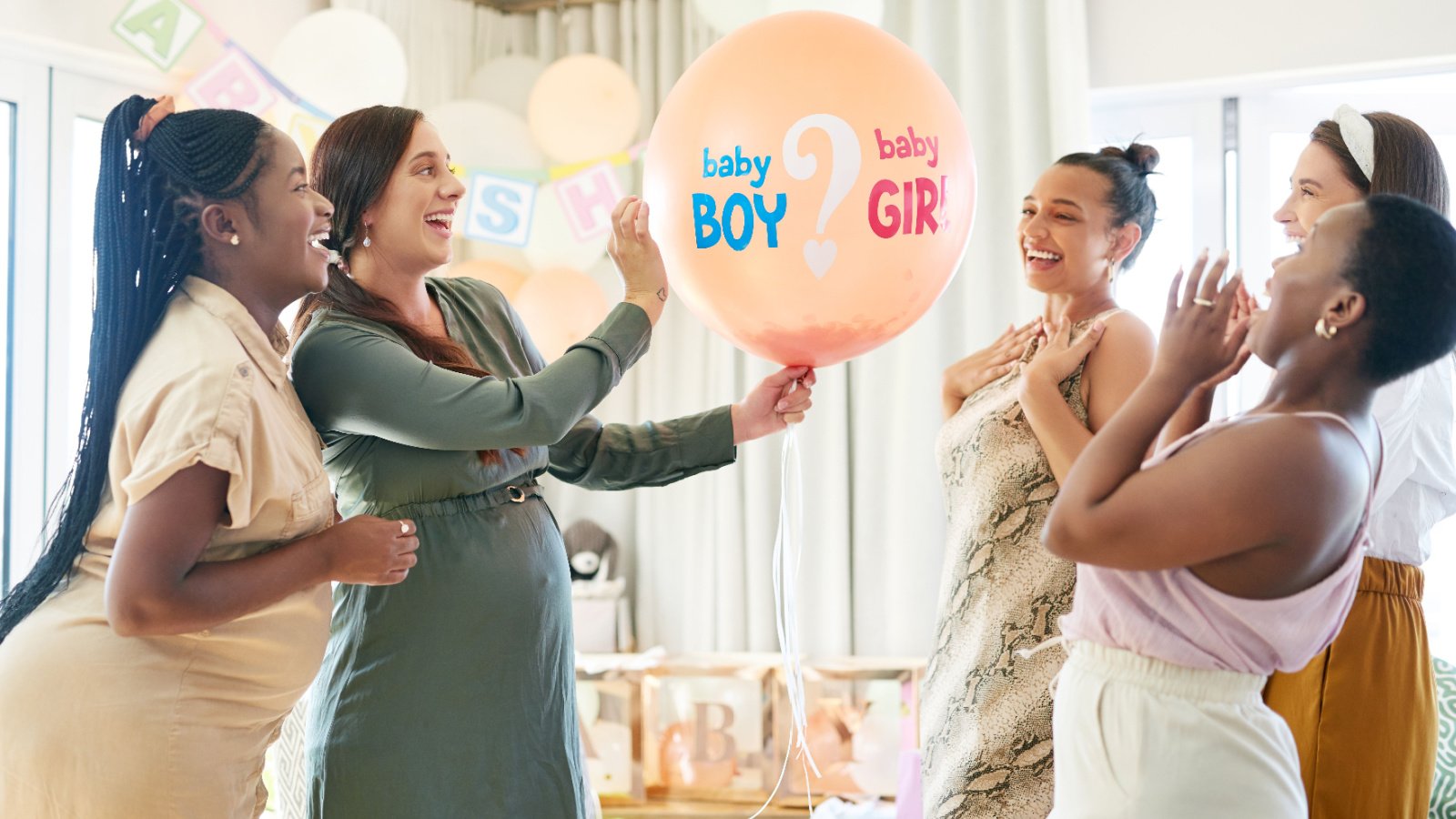
Themed parties, especially those reminiscent of earlier decades or exotic locales, were popular on Friday nights. Guests dressed according to theme, contributing to an immersive and playful experience. While still popular today, themed parties in the 1960s often reflected a post-war fascination with glamor and escapism.
Amusement Parks

Visiting local amusement parks for night rides was a thrilling way to spend a Friday evening. These parks often stayed open late, offering a magical experience with lit-up rides and games. Though amusement parks still operate, the charm of nighttime visits has somewhat faded with extended hours and seasonal night events.
Picnics at the Park

In the 1960s, a late afternoon picnic at the park could easily extend into a pleasant evening under the stars. This simple pleasure allowed people to enjoy nature and good company without the need for elaborate plans. Urbanization and lifestyle changes have made such spontaneous outings less common.
Home Movies
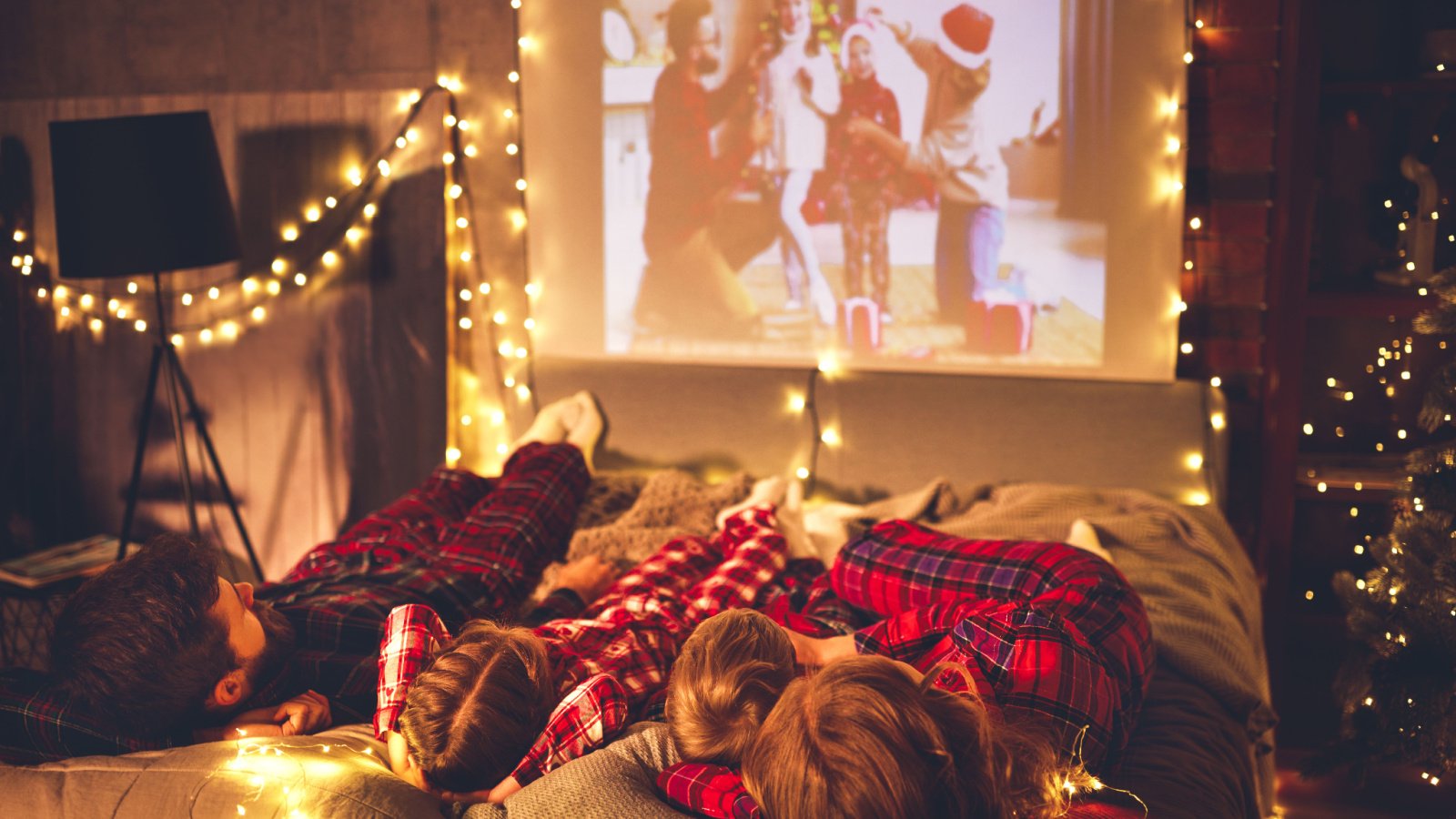
With the advent of 8mm film cameras, some families and friends gathered to make and watch home movies on Friday nights. This hobby allowed for creative expression and capturing precious moments. The digital age has transformed this activity into video sharing via social media.
Visiting Art Galleries
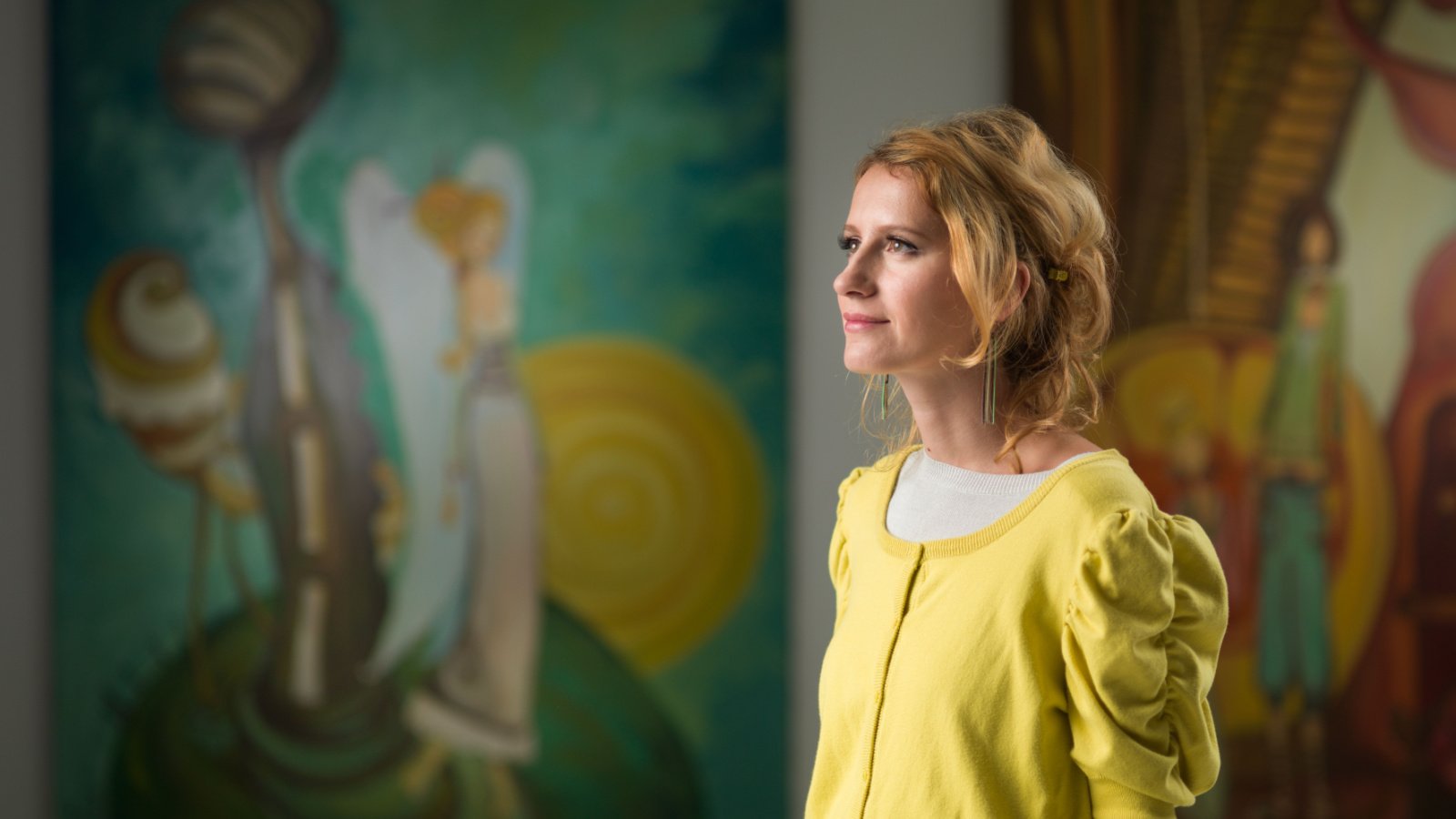
Art galleries often held openings on Friday nights, attracting a cultured crowd interested in exploring new exhibits and enjoying some wine. These events were both social and educational, providing a space for art lovers to converge and converse. While gallery openings still occur, the 1960s featured a burgeoning art scene that was particularly vibrant.

